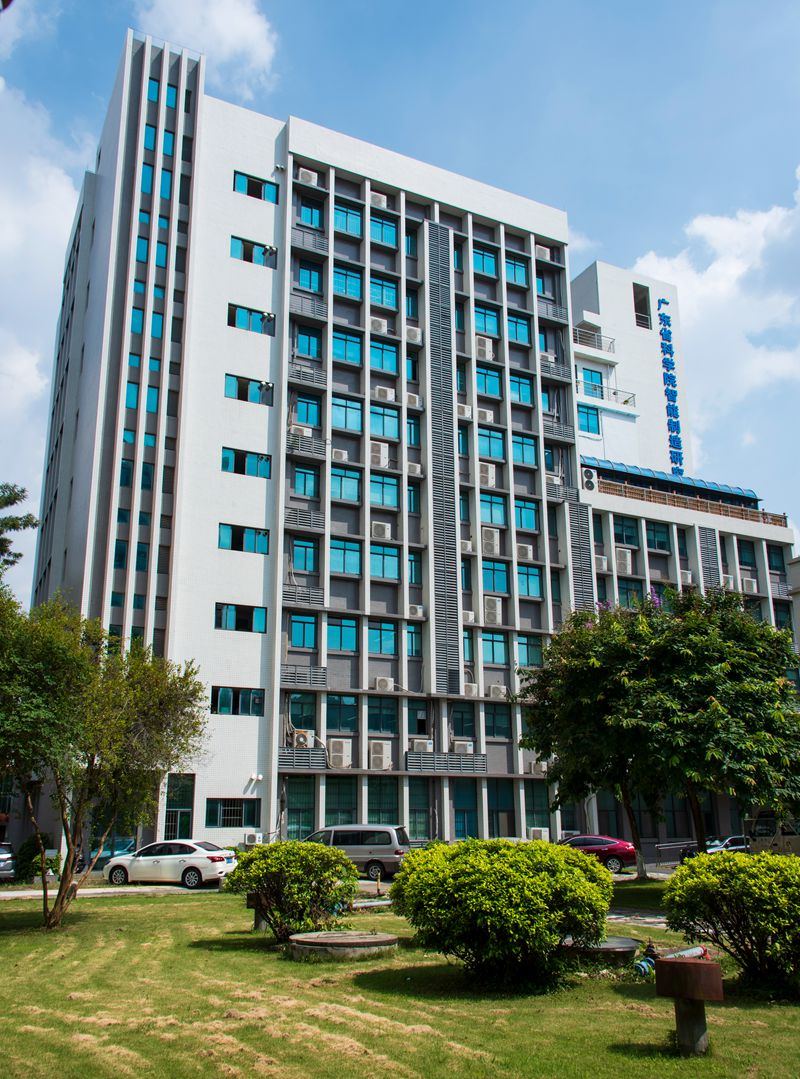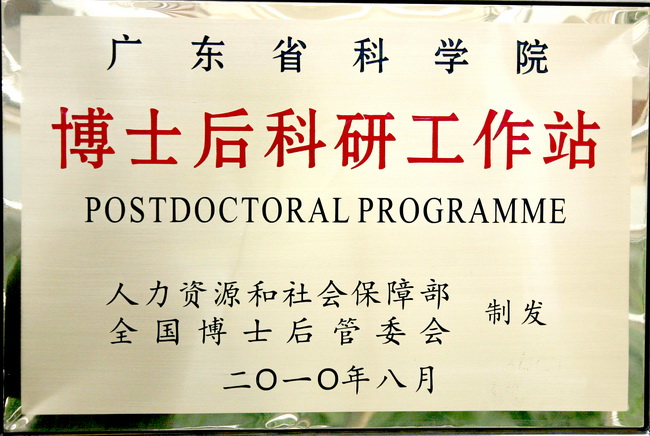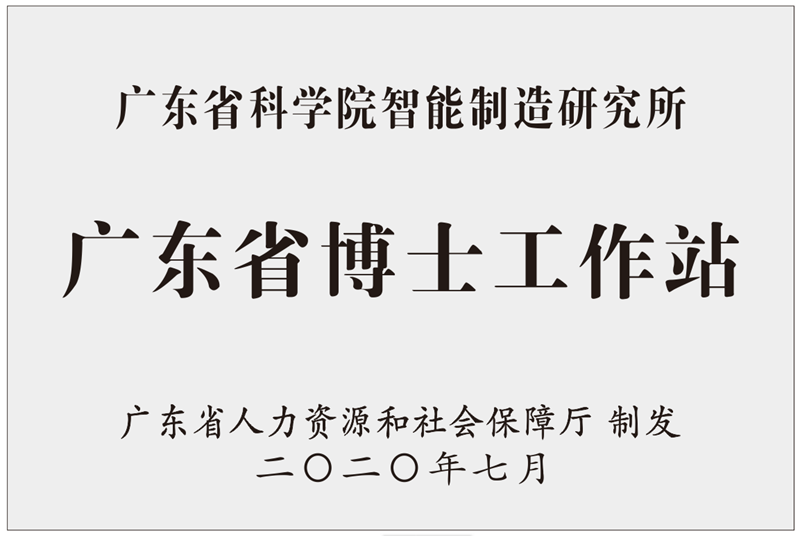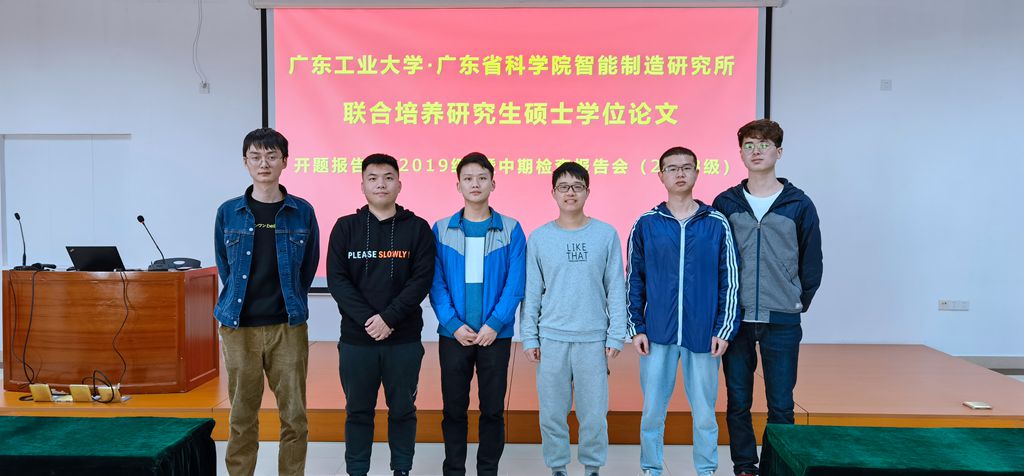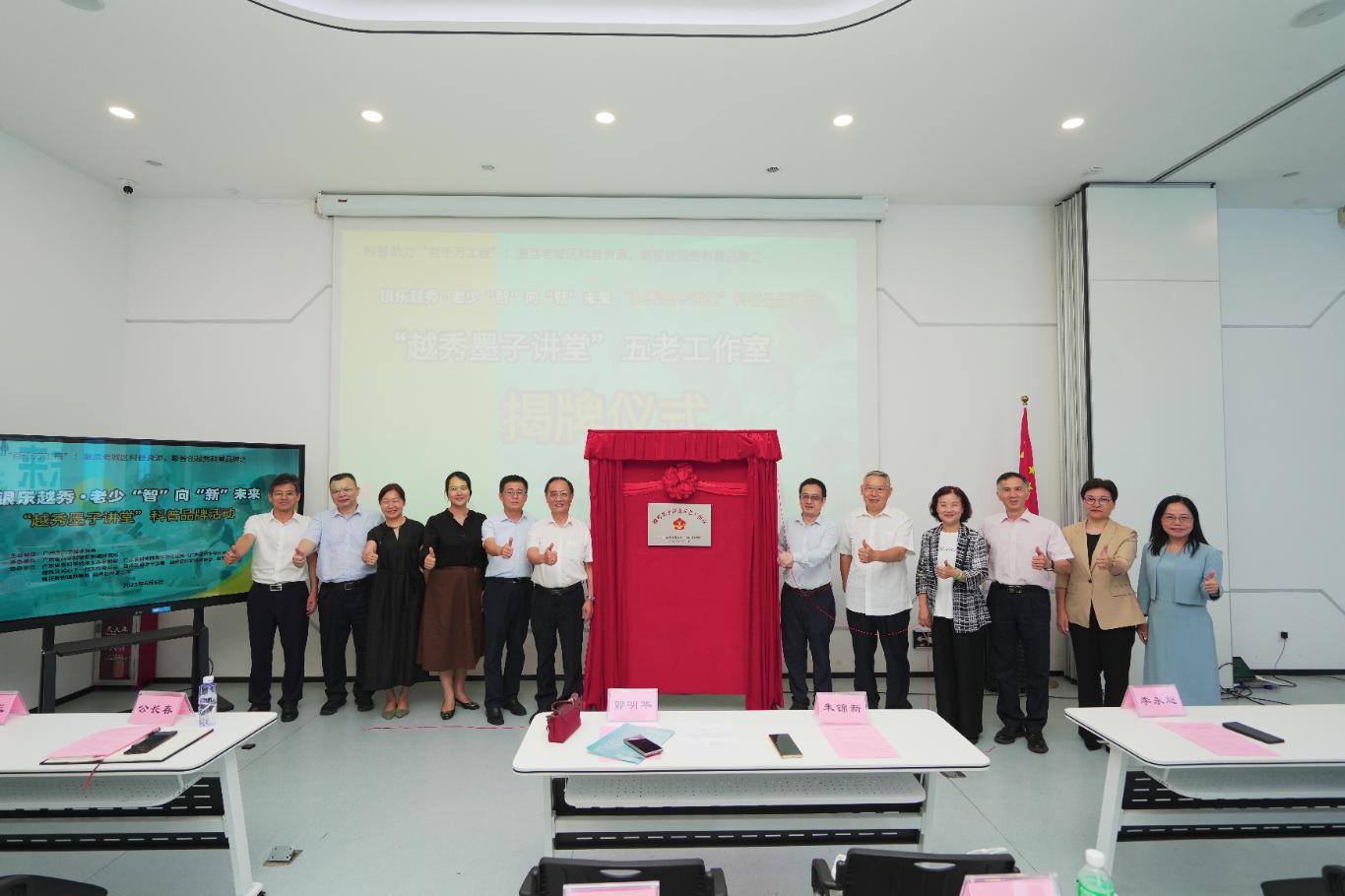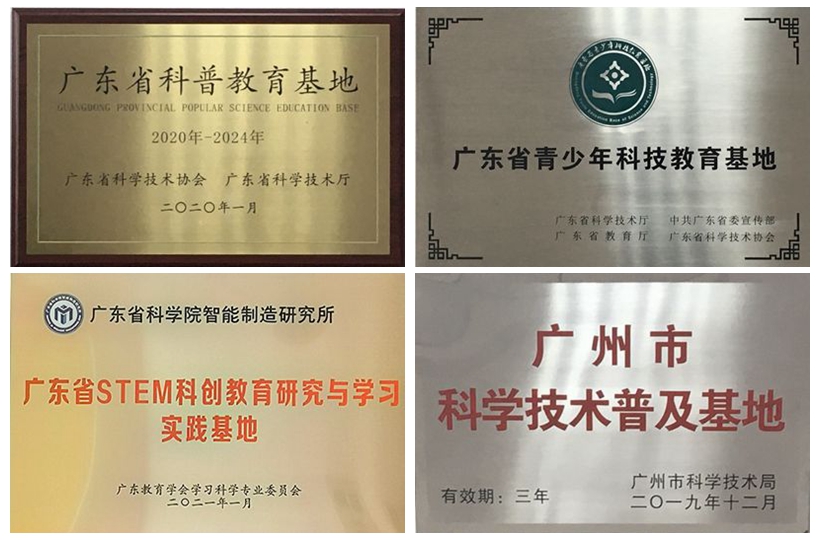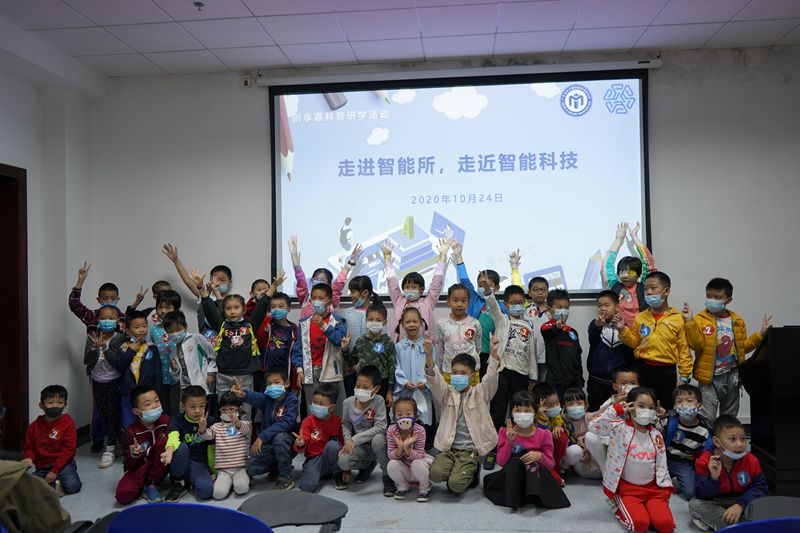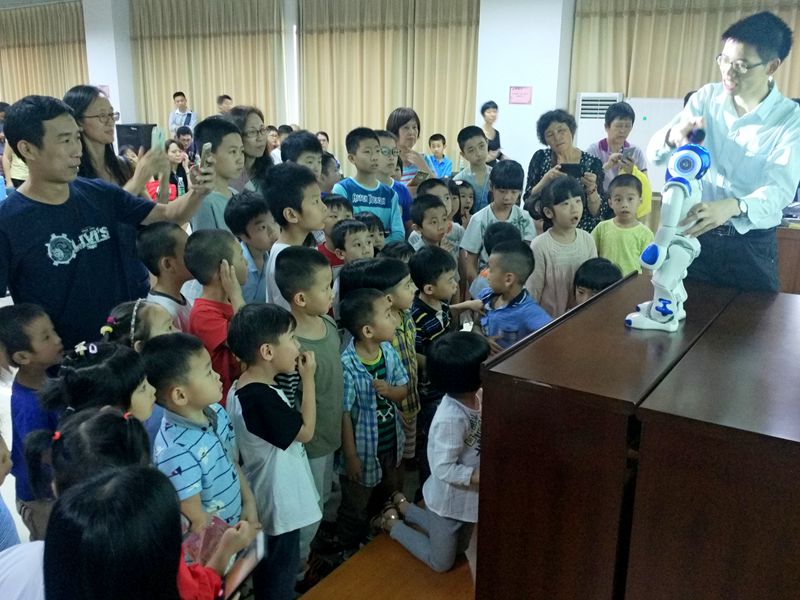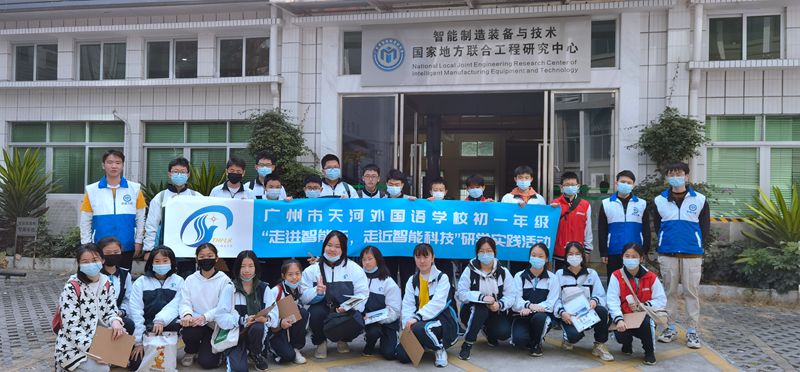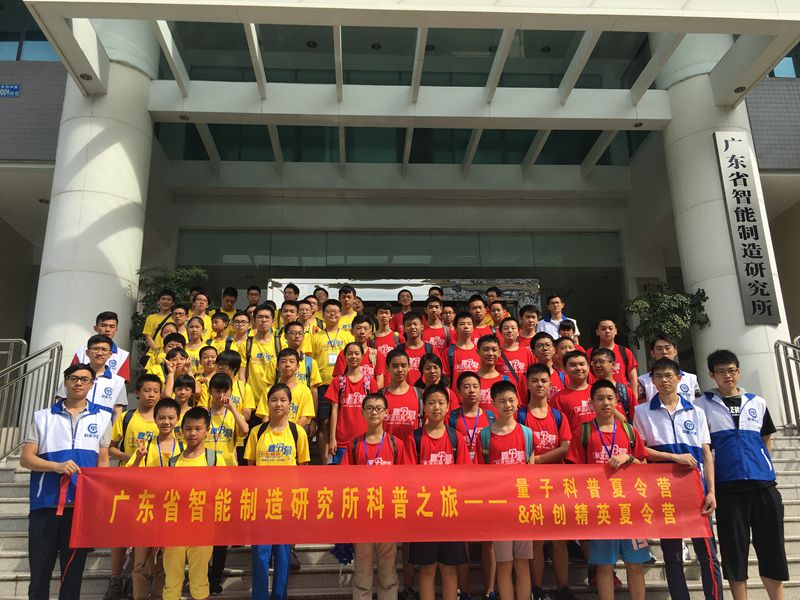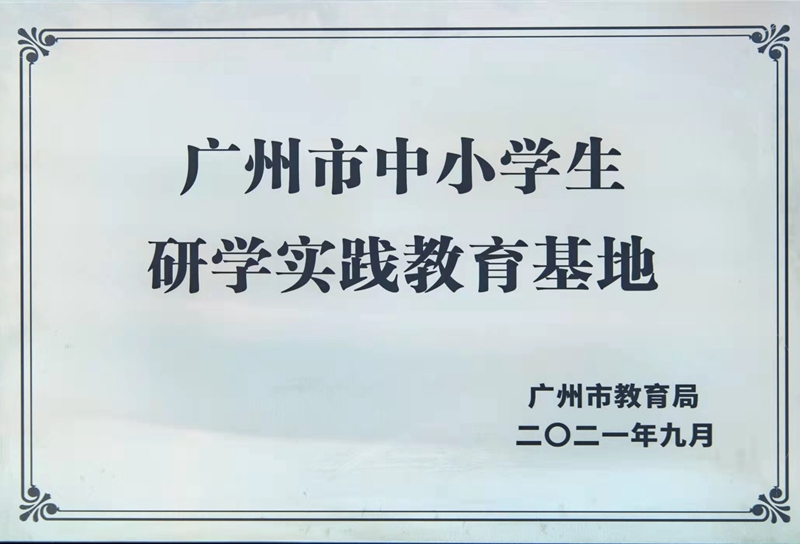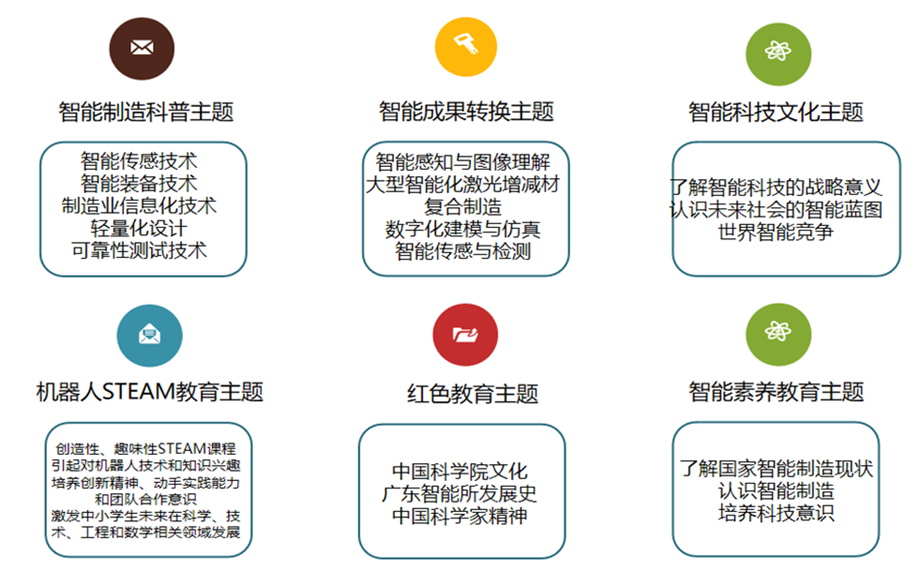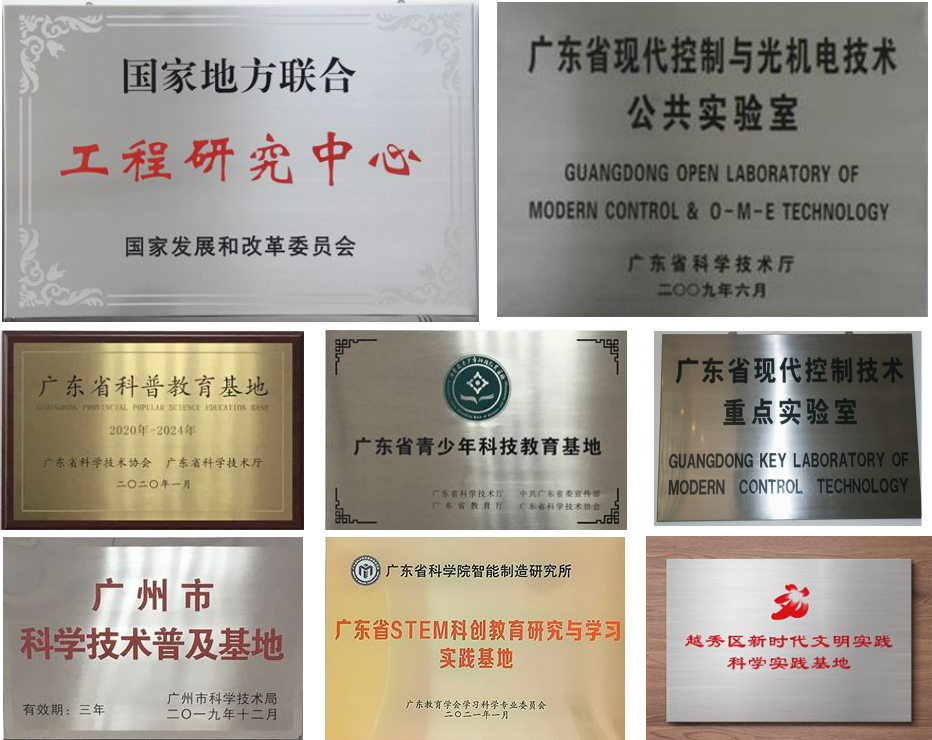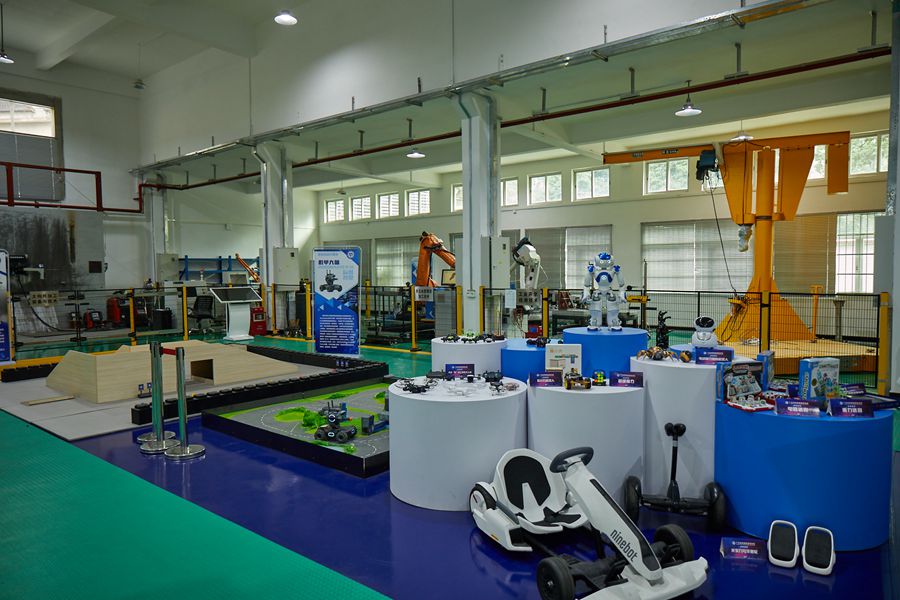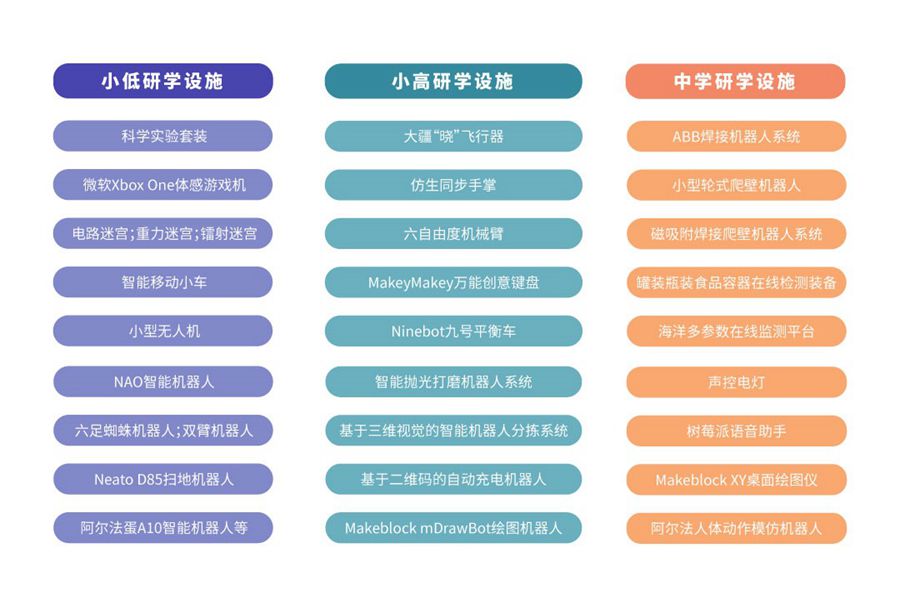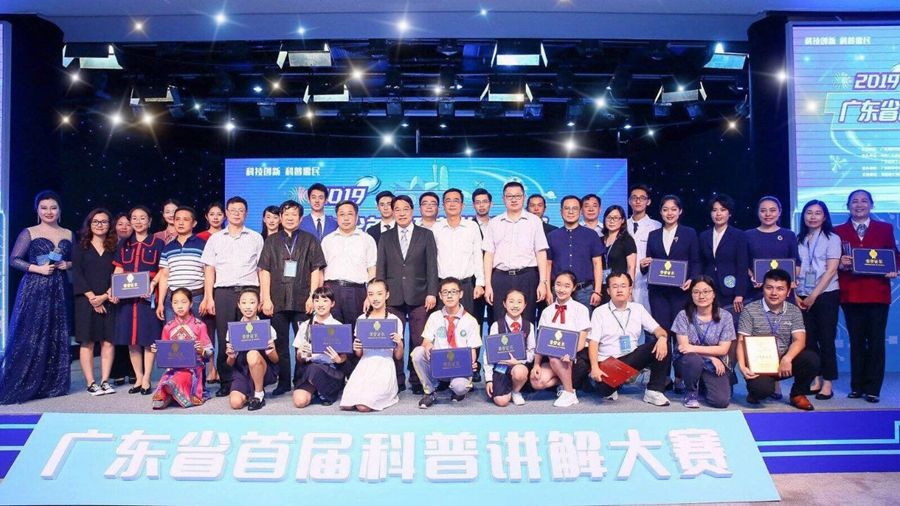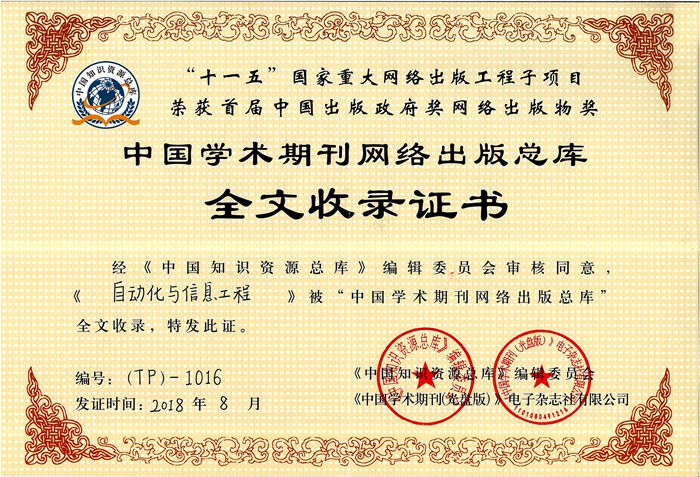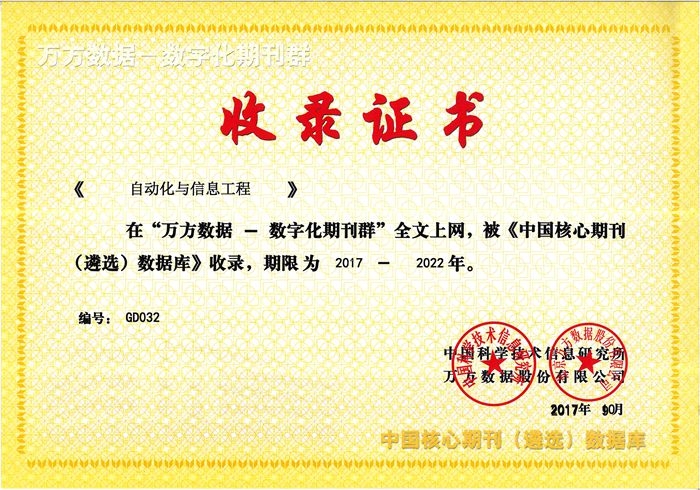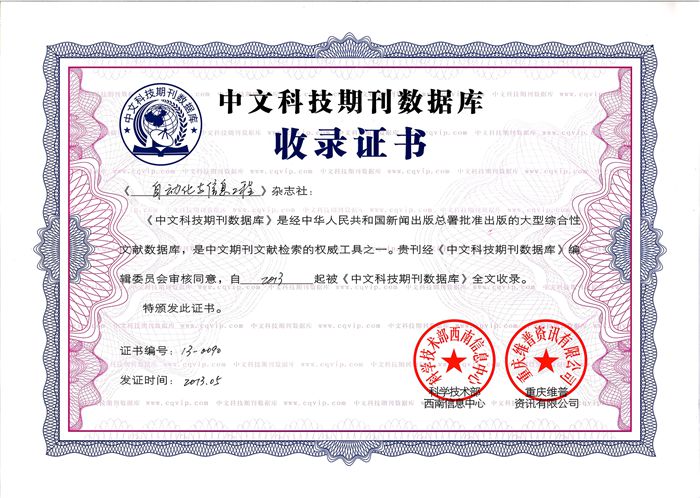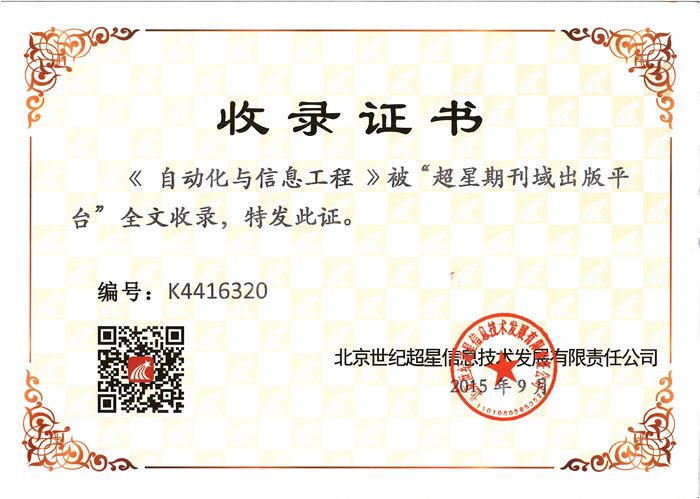2024年06期 v.45 53-58+72页
杨志明1 黄天仑2,3 薛艳4 刘家欢5 钟震宇3 张云5
(1.深圳市信宇人科技股份有限公司,广东 深圳 518172
2.中国科学院深圳先进技术研究院,广东 深圳 518055
3.广东省科学院智能制造研究所/广东省现代控制技术重点实验室,广东 广州 510070
4.广州宝力特液压技术有限公司,广东 广州 510070
5.华中科技大学材料科学与工程学院/材料成形与模具技术国家重点实验室,
湖北 武汉 430074)
摘要:注塑产品缺陷的高精度检测依赖于模型提取的图像特征,然而,注塑产品缺陷样本收集困难,导致训练数据集出现类别不平衡的问题,致使模型性能下降。针对该问题,提出一种不平衡样本条件下的注塑产品缺陷高精度检测方法。利用多尺度卷积神经网络提取多尺度图像特征,并利用其他分类任务的图像知识,通过两阶段迁移学习改变模型训练时的样本采样分布,提高模型对缺陷样本图像特征的提取能力,从而提高模型的分类性能。实验结果表明:该方法具有较高的平均检测准确率,在极端类别不平衡(IR = 25∶1)的情况下,检测准确率达到99.26%,相较于3种对比方法提高了3.48~8.46,满足高品质注塑产品生产的需求。
关键词:不平衡样本;注塑产品缺陷检测;多尺度神经网络;两阶段迁移学习
中图分类号:S225 文献标志码:A 文章编号:1674-2605(2024)06-0008-07
DOI:10.3969/j.issn.1674-2605.2024.06.008 开放获取
High Precision Detection Method for Defects in Injection Molded Products under Unbalanced Sample Conditions
YANG Zhiming1 HUANG Tianlun2,3 XUE Yan4 LIU Jiahuan5 ZHONG Zhenyu3 ZHANG Yun5
(1.Xinyuren Technology Co., Ltd., Shenzhen 518172, China
2.Shenzhen Institutes of Advanced Technology, Chinese Academy of Sciences, Shenzhen 518055, China
3.Institute of Intelligent Manufacturing, Guangdong Academy of Sciences/Guangdong Key Laboratory of Modern Control Technology, Guangzhou 510070, China
4.Guangzhou Baolite Hydraulic Technology Co., Ltd, Guangzhou 510070, China
5.School of Materials Science and Engineering, Huazhong University of Science and Technology/ State Key Laboratory of Material Processing and Die & Mold Technology, Wuhan 430074, China)
Abstract: The high precision detection of defects in injection molded products relies on the image features extracted by the model. However, the difficulty in collecting defect samples in injection molded products leads to class imbalance in the training dataset, resulting in a decrease in model performance. A high-precision detection method for defects in injection molded products under unbalanced sample conditions is proposed to address this issue. Using multi-scale convolutional neural networks to extract multi-scale image features, and utilizing image knowledge from other classification tasks, two-stage transfer learning is used to change the sample sampling distribution during model training, thereby improving the model's ability to extract features from defective sample images and enhancing its classification performance. The experimental results show that this method has a high average detection accuracy. In the case of extreme class imbalance (IR=25:1), the detection accuracy reaches 99.26%, which is 3.48~8.46 higher than the three comparative methods, meeting the demand for high-quality injection molded product production.
Keywords: unbalanced samples; defect detection in injection molded products; multi-scale neural network; two-stage transfer learning

